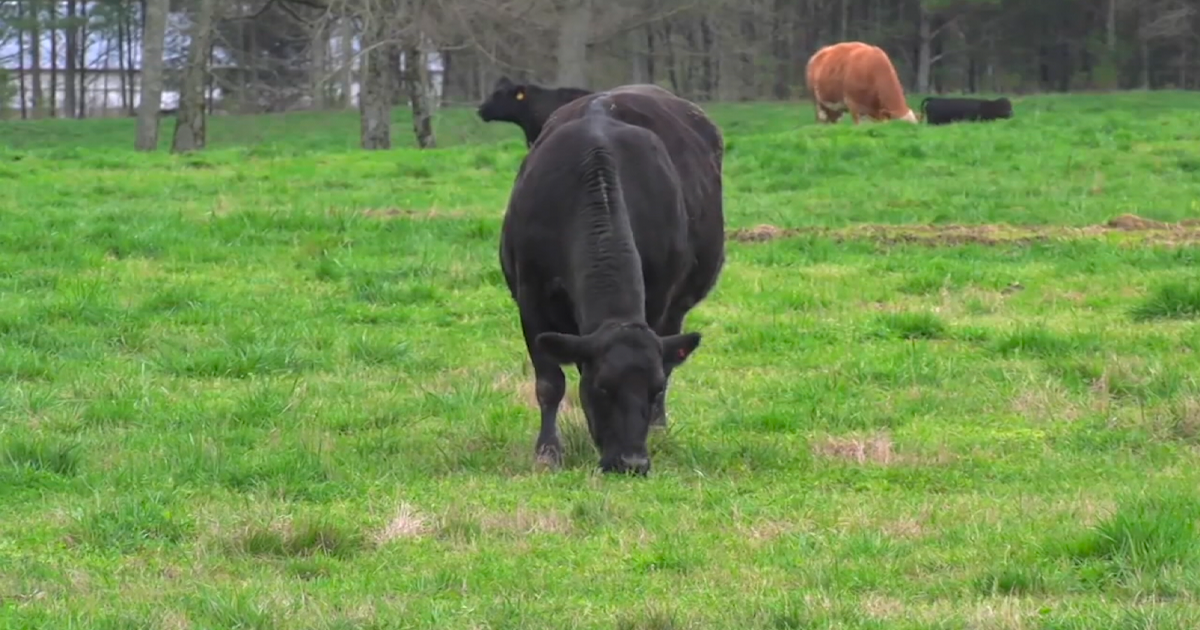Jekyll Island, GA |
African Swine Fever, Mad Cow Disease, Foot and Mouth Disease; these are just a few of the many diseases that are capable of endangering our nation’s food supply and is the reason why attendees at the annual Georgia Farm Bureau Convention got to hear from experts on just how dangerous these diseases can be to the livestock industry – a threat that has increased as the world becomes smaller and moves faster.
“The threat level varies depending on the regions that are affected with the disease. But with our changing world, with increasing commodity exchange, our concern is ever heightened because of the speed of commerce and the different modes in which these diseases are transmitted,” says Marcus Webster, Associate State Veterinarian for the Georgia Department of Agriculture. “We used to live in a day where things were much slower and we could take our time to trace movements. In today’s world, with everything moving so fast, I would say that our concern is growing more.”
According to Webster, being proactive is key, which is why he says it’s important that livestock producers stay in the know and always practice bio-security measures on their operations.
“Becoming familiar, doing some investigation either with the Department of AG, Extension Agents on some diseases that are of concern for us, both nationally and internationally; that’s one step. Also, getting some information, education on biosecurity, which is highly important. Staying tuned in with other producers, having open discussions at meetings such as any animal commodity group. Having that as an ongoing conversation. So, education, understanding the disease threats to your particular species, and also biosecurity, which is going to be paramount in any situation because good biosecurity can ward off the most common things, whether it’s something that’s in the United States and pretty much common versus a foreign animal disease,” says Webster.
Webster says another important tool is traceability, as he says electronic ID tags can be of great help if an animal disease outbreak ever occurs as he says they would be able to track the animal’s footprints and isolate the threat much faster than ever before.
“When it comes to putting that tool in emergency response, it lets us know as well as a producer, if I have an animal that was exposed to a particular disease, I can look at that group, see where it went out; trace that group out and back to make sure that we’ve mitigated any threat both in that location and the animals moving forward to where their destination is or back to their origin where they came from to secure our food supply,” says Webster.
By: John Holcomb

